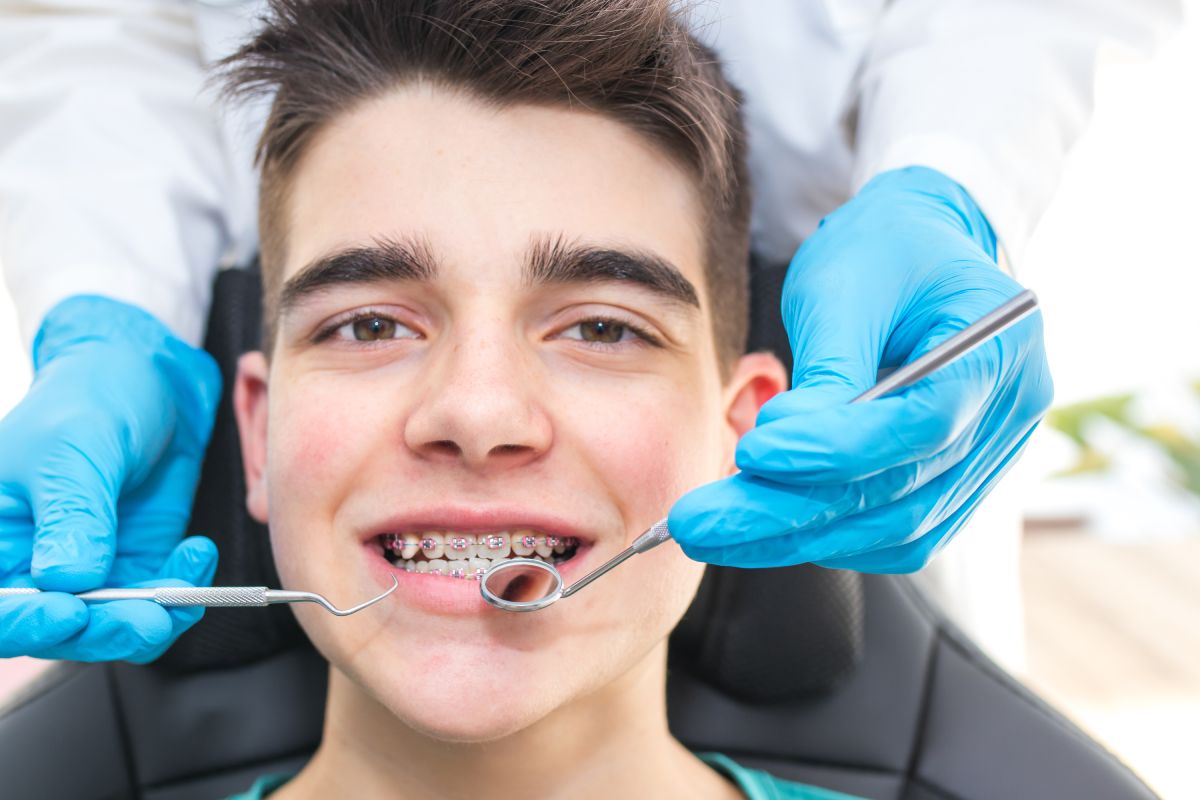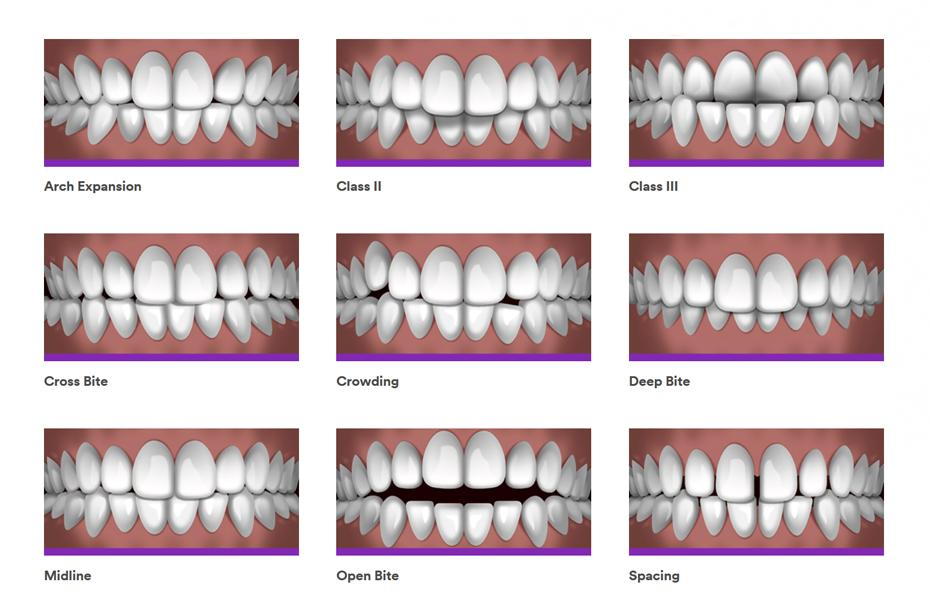Rumored Buzz on Causey Orthodontics
Some Known Questions About Causey Orthodontics.
Table of Contents10 Easy Facts About Causey Orthodontics DescribedNot known Incorrect Statements About Causey Orthodontics The Ultimate Guide To Causey OrthodonticsCausey Orthodontics for BeginnersThe Greatest Guide To Causey Orthodontics
Disregarding occlusal connections, it was regular to get rid of teeth for a selection of dental problems, such as malalignment or overcrowding. The idea of an undamaged teeth was not extensively valued in those days, making bite correlations appear unnecessary. In the late 1800s, the concept of occlusion was essential for developing trustworthy prosthetic replacement teeth.As these ideas of prosthetic occlusion progressed, it came to be a vital tool for dental care. It remained in 1890 that the work and effect of Dr. Edwards H. Angle began to be really felt, with his contribution to modern orthodontics especially significant. Initially concentrated on prosthodontics, he taught in Pennsylvania and Minnesota prior to routing his attention in the direction of oral occlusion and the treatments required to keep it as a normal problem, thus ending up being known as the "daddy of modern-day orthodontics".

The concept of ideal occlusion, as postulated by Angle and included right into a classification system, enabled a change in the direction of treating malocclusion, which is any deviation from regular occlusion. Having a complete set of teeth on both arcs was very searched for in orthodontic treatment due to the demand for specific connections in between them.
Getting The Causey Orthodontics To Work
As occlusion came to be the essential top priority, facial percentages and aesthetic appeals were neglected - orthodontist expert. To achieve ideal occlusals without utilizing exterior pressures, Angle proposed that having excellent occlusion was the most effective way to acquire maximum facial looks. With the passing of time, it ended up being quite obvious that even an extraordinary occlusion was not ideal when thought about from a visual perspective
Charles Tweed in America and Raymond Begg in Australia (that both researched under Angle) re-introduced dentistry extraction right into orthodontics throughout the 1940s and 1950s so they could improve facial esthetics while likewise making certain far better security worrying occlusal relationships. In the postwar period, cephalometric radiography started to be used by orthodontists for measuring adjustments in tooth and jaw placement created by growth and treatment. It ended up being apparent that orthodontic therapy could readjust mandibular development, leading to the development of useful jaw orthopedics in Europe and extraoral pressure steps in the US. These days, both useful devices and extraoral gadgets are applied around the world with the goal of changing growth patterns and kinds. As a result, pursuing real, or a minimum of improved, jaw relationships had actually ended up being the main purpose of treatment by the mid-20th century.
Some Of Causey Orthodontics
 The American Journal of Orthodontics was developed for this function in 1915; before it, there were no scientific purposes to comply with, neither any exact classification system and brackets that did not have attributes. Till the mid-1970s, braces were made by covering steel around each tooth. With developments in adhesives, it came to be feasible to instead bond metal brackets to the teeth.
The American Journal of Orthodontics was developed for this function in 1915; before it, there were no scientific purposes to comply with, neither any exact classification system and brackets that did not have attributes. Till the mid-1970s, braces were made by covering steel around each tooth. With developments in adhesives, it came to be feasible to instead bond metal brackets to the teeth.Andrews provided an informative interpretation of the optimal occlusion in irreversible teeth. This has had significant results on orthodontic treatments that are provided regularly, and these are: 1. Right interarchal relationships 2. Appropriate crown angulation (pointer) 3. Appropriate crown disposition (torque) 4. No rotations 5. Tight get in touch with factors 6. Flat Contour of Spee (0.02.5 mm), and based upon these principles, he uncovered a treatment system called the straight-wire home appliance system, or the pre-adjusted edgewise system.
The benefit of the design depends on its brace and archwire combination, which requires only marginal cord flexing from the orthodontist or medical professional (orthodontist services). It's appropriately named after this attribute: the angle of the port and density of the bracket base ultimately determine where each tooth is positioned with little requirement for additional manipulation
Excitement About Causey Orthodontics
Both of these systems employed similar braces for each tooth and required the flexing of an archwire in three aircrafts for locating teeth in their wanted positions, with these bends determining ultimate positionings. When it comes to orthodontic home appliances, they are divided into 2 types: removable and dealt with. Removable devices can be taken on and off by the person as required.

Therefore, practically all modern set home appliances can be taken into consideration variations on this edgewise home appliance system. Early 20th-century orthodontist Edward Angle made a major payment to the world of dentistry. He produced four distinctive device systems that have been used as the basis for several orthodontic therapies today, barring a few exemptions.
Not known Details About Causey Orthodontics

The cord ended in a thread, and to relocate onward, a flexible nut was utilized, which permitted an increase in circumference. By ligation, each specific tooth was affixed to this extensive archwire (orthodontist expert). Because of its limited variety of movement, Angle was unable to achieve specific tooth positioning with an E-arch
These tubes held a soldered pin, which can be rearranged at each appointment in order to move them in position. Called the "bone-growing appliance", this gizmo was thought to encourage much healthier bone growth because of its potential for moving force straight to the origins. Implementing it confirmed problematic in fact.